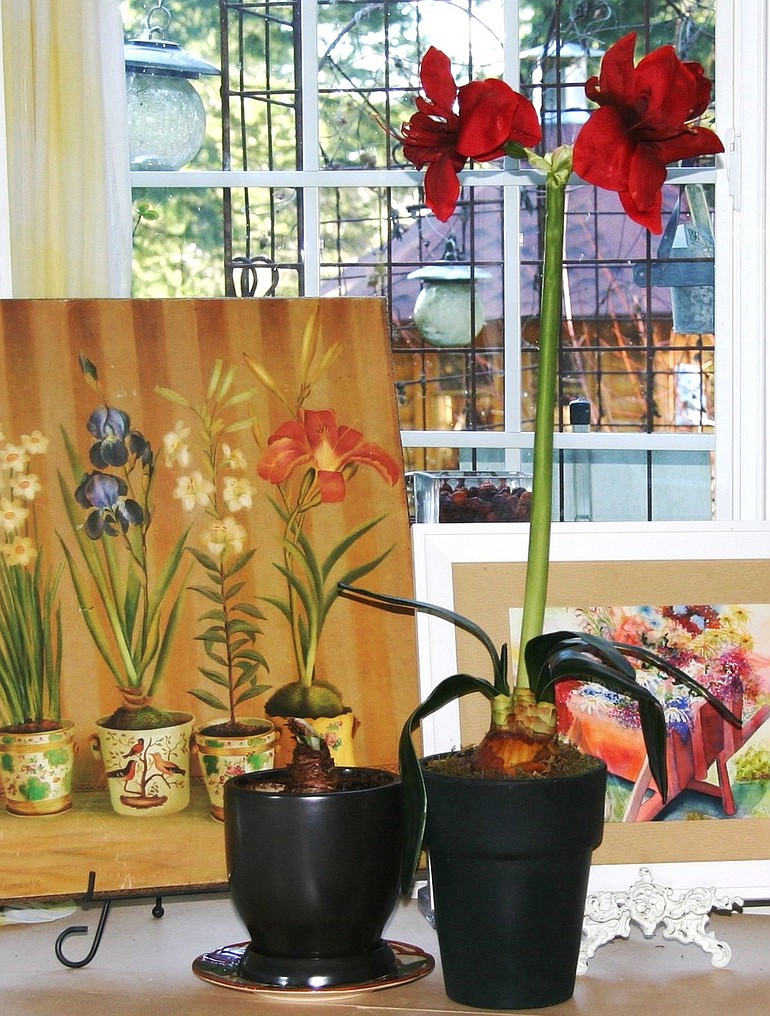It was a U.S. ambassador to Mexico, Joel Poinsett, who first brought the poinsettia to America. Poinsett brought the plants back with him in 1825 and we have been bringing them into our homes ever since. In their homeland, poinsettias grow to become 10-foot shrubs and the Aztecs used them for medicine and dyes. Indigenous to Mexico, this striking plant was adopted by Franciscan priests for their Nativity celebration because it bloomed during the Advent season.
The poinsettia belongs to a group of plants called euphorbia. Many euphorbias are hardy and grow to perfection in the Northwest but the poinsettia is tender to frost in our area. The actual flower of the poinsettia is the small, bright yellow clump in the middle of the leafy bracts. The bracts are the part of the plant that color up and are considered by most to be the flower. Whether we know that fact or not, the point of the plant is the impact of its strong, seasonal coloration. Think red; Christmas red.
Then again, each year brings new, fresh varieties to the marketplace. The traditional red coloration has evolved into pink and salmon and the white selections appear to be more cream or yellow every year. Some of the newer varieties have mottled leaves and some look as if they have been splattered with faded water colors. The newest introductions include those with ruffled, double flowers and are aptly referred to as Christmas Rose poinsettias.
Being from Mexico, this plant requires a different degree of heat and sunlight than we can offer and rarely thrives in our gardens. If you can’t bring yourself to trash your plant immediately after the holidays, ensure that this less than hardy perennial will last as long as possible by choosing a plant that has flowers just beginning to open or green buds that are tightly closed. Place the plant in bright, but not direct sunlight and make sure it has a moderate amount of moisture. At the end of the holidays, do yourself and the plant a favor and toss it onto the compost heap.



